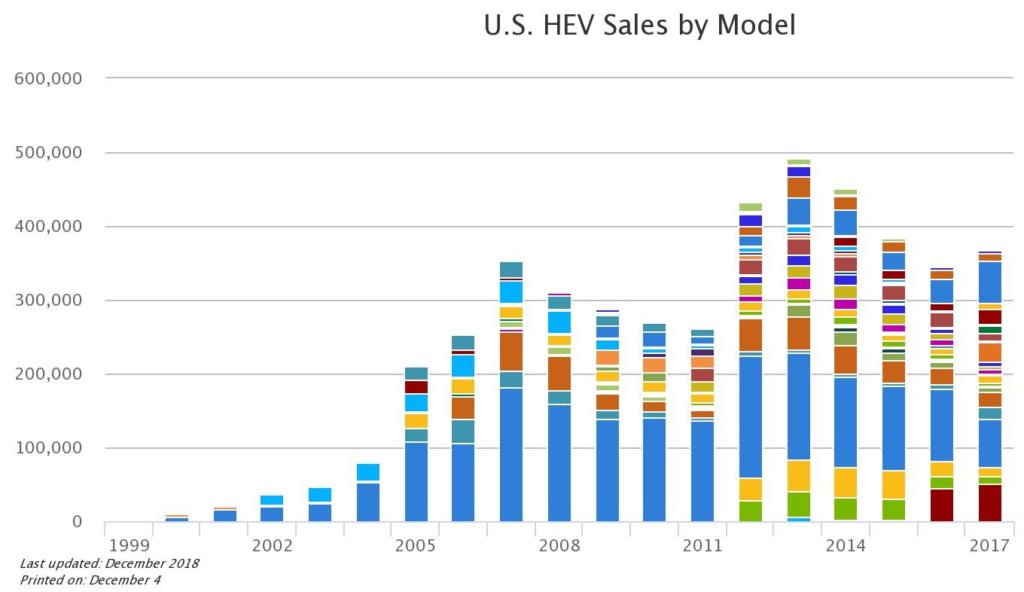To increase profits, make the planet smile.
 What if the most profitable thing you could do was work that reduced the rise in the earth’s temperature? What if it was most profitable to reduce CO2 emissions, improve water quality or generate renewable energy? Or what if it was most profitable to do work that indirectly made the planet smile?
What if the most profitable thing you could do was work that reduced the rise in the earth’s temperature? What if it was most profitable to reduce CO2 emissions, improve water quality or generate renewable energy? Or what if it was most profitable to do work that indirectly made the planet smile?
What if while your competitors greenwashed their products and you radically reduced the environmental impacts of yours? And what if the market would pay more for your greener product? And what if your competitors saw this and disregarded the early warning signs of their demise? This is what I call a compete-with-no-one condition. This is where your competitors eat each other’s ankles in a race to the bottom while you raise prices and sell more on a different line of goodness – environmental goodness. This is where you compete against no one because you’re the only one with products that make the planet smile.
The problem with an environmentally-centric, compete-with-no-one approach is you have to put yourself out there and design and commercialize new products based on this “unproven” goodness. In a world of profits through cost, quality and speed, you’ve got to choose profits through reduced CO2, improved water quality and renewable energy. Why would anyone pay more for a more environmentally responsible product when its price is higher than the ones that work well and pollute just as much as they did last year?
When the Toyota Prius hybrid first arrived on the market, it cost more than traditional cars and its performance was nothing special. Yet it sold. Yes, it had radically improved fuel economy, but the fuel savings didn’t justify the higher price, yet it sold. Competitors advertised that the Prius hybrid didn’t make financial sense, yet it sold. With the Prius hybrid, Toyota took an environmentally-centric, compete-with-no-one approach. They made little on each vehicle or even lost money, but they did it anyway. They did the most important thing. They started.
The Toyota Prius hybrid wasn’t a logical purchase, it was an emotional one. People bought them to make a statement about themselves – I drive a funny-shaped car that gets great gas mileage, I’m environmentally responsible, and I want you to know that. And as other companies scoffed, Toyota created a new category and owned the whole thing.
And, slowly, as Toyota improved the technology and reduced their costs, the price of the Prius dropped and they sold more. And then all the other manufacturers jumped into the race and tried to catch up. And while everyone else cut their teeth on high volume manufacturing a hybrid vehicle, Toyota accelerated.
Below is a chart of hybrid electric vehicles (hev) sold in the US from 2000 to 2017. Each color represents a different model and the Toyota Prius hybrid is represented by the tall blue segment of each year’s stacked bar. In 2000, Toyota sold 5,562 Prius hybrids (60% of all hevs). In 2005, they sold 107,897 Prius hybrids, 17,989 Highlander hybrids and 20,674 Lexus hybrids for a total of 209,711 hybrids (69% of all hevs). In 2007, they sold 181,221 Prius and five other hybrid models for a total of 228,593 (65% of all hevs). In 2017, sold 15 hybrid models and the nearest competitor sold 4 models. The reduction from 2008 to 2011 is due to reduced gas prices. (Here’s a link to the chart.)
The success of the Prius vehicle set off the battery wars which set the stage for the plug-in hybrids (larger batteries) and all-electric vehicles (still larger batteries). At the start, the Prius didn’t make sense in a race-to-the-bottom way, but it made sense to people that wanted to make the planet smile. It cost more, and it sold. And that was enough for Toyota to make profits with a more environmentally friendly product. No, Prius didn’t save the planet, but it showed companies that it’s possible to make profits while making the planet smile (a bit). And it made it safe for companies to pursue the next generation of environmentally-friendly vehicles.
The only way to guarantee you won’t make more profits with environmentally responsible products is to believe you won’t. And that may be okay unless one of your companies believes it is possible.
Here’s a thought experiment. Put yourself ten years into the future. There is more CO2 in the atmosphere, the earth is warmer, sea levels are higher, water is more polluted and renewable energy is far cheaper. Are your sales higher if your product creates more CO2, or less? Are your sales higher if your product heats the earth, or cools it? Are your sales higher if your product pollutes water, or makes it cleaner? Are your sales higher because you bet against renewable energy, or because you embraced it? Are your sales higher because you made the planet frown, or smile?
Now, with your new perspective, bring yourself back to the present and do what it takes to increase sales ten years from now. Your future self, your children, their children, and the planet will thank you.
Image credit saeru

 Mike Shipulski
Mike Shipulski